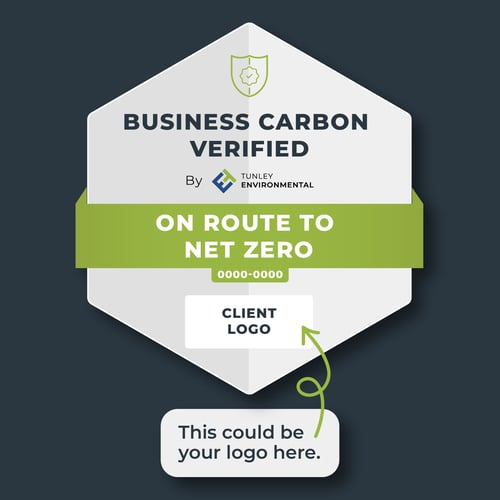THE CASE FOR REMOVING SCOPE 3 EMISSIONS
| Dr Torill Bigg CEng MIChemE discusses the compelling case to be made for prioritizing scope 3 emissions and eliminating them from your operations. Torill’s article can be found on pages 47 and 48. |
DR TORILL BIGG |
EXCERPT
Businesses globally are looking to reduce their carbon footprints. This activity is being driven by a number of factors. It is both ethical business practice to operate business sustainably for the environment but it is also smart for sustainable business success. Demonstrating environment leadership enhances business reputation, retains and attracts customers, investors and staff – and enhances market value. Importantly marketplace trust will be built by robust carbon accounting and genuine action and genuine reporting.
As the environmental element of an ESG program, carbon quantification and reporting must be completed to a recognised standard and methodology. This can follow the CDP model (previously called the Carbon Disclosure Project) and calculated in accordance with The Greenhouse Gas Protocol or an international ISO standard such as BS EN ISO 14064 part 1. This ISO standard has a verification element published as part 3 of the standard, makin g it particularly suitable to a CDP model of carbon measurement and the basis of a carbon reduction plan. Compliance with this standard requires measurement, quantification, and reporting of the three scopes of greenhouse gas inventories. Scopes 1 and 2 largely comprise direct and indirect energy use through business operations, travel, heating, and lighting. These are the most commonly reported scopes. Scope 3 emissions—which are not produced by the organization itself but are the result of activities from assets the organization owns or controls— despite being often the largest of the scopes is less frequently reported.





.jpg?width=200&height=300&name=Tunley%20Headshots%20(17).jpg)